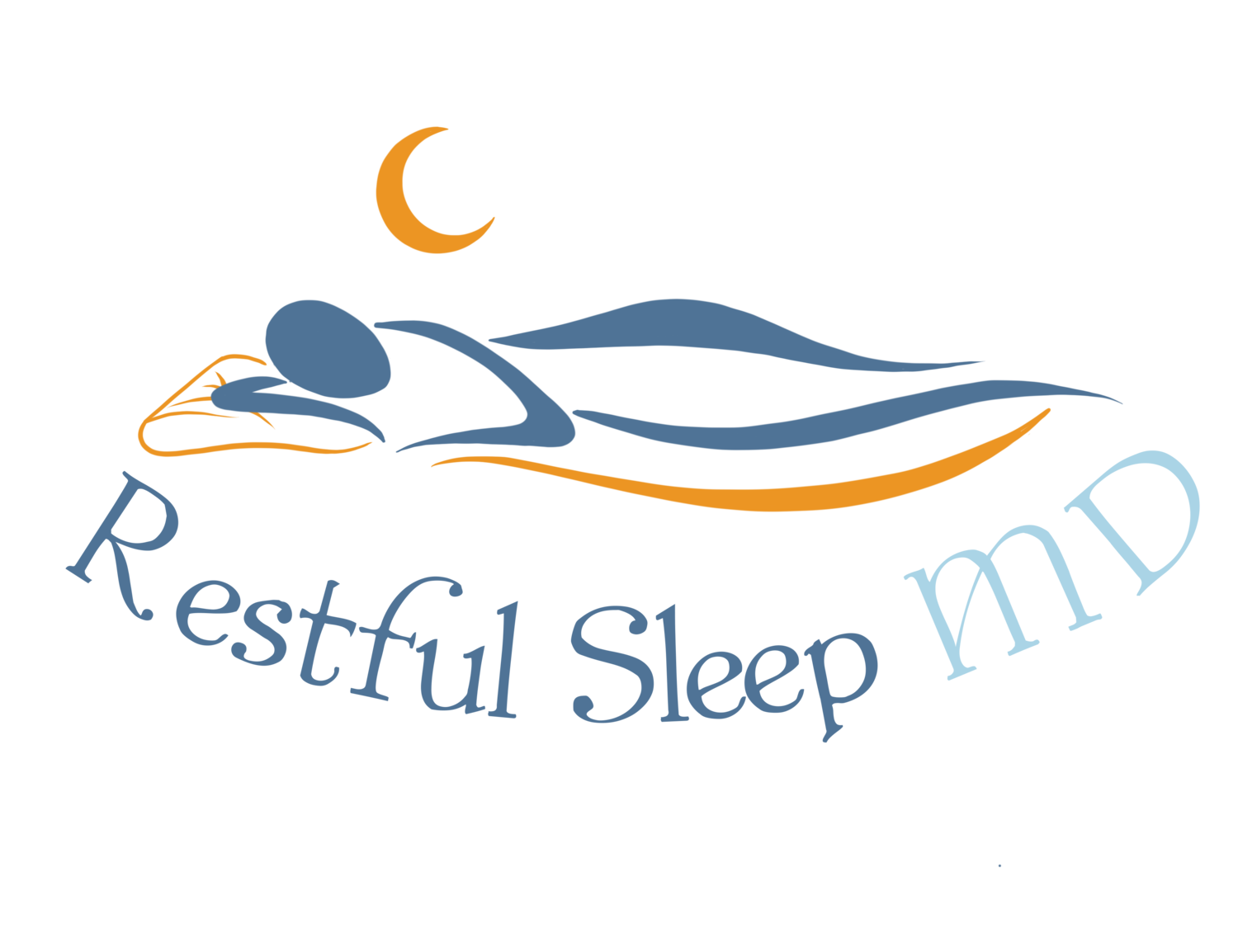Sleep Well
Find blog posts on all things sleep.
What to do with “Bumps” at night. Treatment of parasomnias.
Parasomnias are unusual behaviors occurring during sleep. They start during childhood and tend to resolve during the same time period, however, some parasomnias persist into adulthood. Fortunately, most parasomnias are not harmful and often don’t require treatment.
In my last blog post found here, I reviewed the different types of parasomnias and the triggers. In this post, we will discuss how and when to treat parasomnias.
What Goes “Bump” in the Night? Sleep Terrors and Other Parasomnias
It is often hilarious to hear children talking in their sleep. However, it could be an alarming event if you are awakened to their shrill cry or in full-blown sleep terror. These behaviors are called parasomnias, a term used to describe unusual behaviors occurring during sleep.
These events disturb parents’ sleep more than the kids, as most children do not recall the episodes. Parasomnias are experienced before falling asleep, during sleep, and at periods of arousal from sleep. These events are seen frequently in children and can be seen in up to 17% of young children aged 3 to 13 years. Older children experience parasomnias less often, although some may persist into adulthood.
Prioritizing Sleep During the Holidays
The holidays are a beautiful time of the year. It’s a time to reconnect and celebrate with family, old friends, and loved ones. But, it can also be a stressful time with disrupted schedules and sleep, particularly with our kids.
Keeping a regular sleep schedule for ourselves and our kids amidst the parties and gatherings can be challenging. Additionally, travel, irregular meals, and late nights can further wreak havoc on our children’s sleep.
In this blog, I share some causes of sleep disruption in kids during the holidays. I also highlight some tips to prioritize your child’s sleep during the holidays.
Conversations with a Sleep Medicine Expert.
I had the privilege of chatting with Dr. Caroline Okorie, a sleep specialist and pediatric pulmonologist who cares for children with various respiratory and sleep issues. She is located at Stanford Children's Health in California.
Dr. Okorie has a great interest in all things sleep medicine and medical education, health literacy, and community engagement. She enjoys working with patients and families to help empower them to optimize their health and well-being. Dr. Okorie and I are underrepresented minorities in the pediatric sleep medicine field, a specialty that is already relatively small and unique.
In this blog, Dr. Okorie shares about herself as a sleep medicine physician, her journey so far, and some life lessons along the way.
Unlocking the Secrets to Achieving Deep, Restful Sleep: Tips and Insights
While there is more than sufficient evidence on the physical, mental and emotional benefits of good sleep, many families are deprived of this beautiful gift of rest and restoration.
There is a wide range of problems contributing to sleeping difficulties. Americans spend thousands of dollars investing in devices and other items on improving their sleep and are looking for the best mattresses, black-out shades, weighted blankets, sleep apps, to name a few. Unfortunately, while ensuring we have an ideal sleep environment, this is often not sufficient to address underlying sleep problems or habits that may be getting in our way of restful sleep. In this blog post, I discuss the components of restful sleep.
Getting our kids’ sleep on track!
In honor of the student sleep health week (an event organized by the American Academy of Sleep Medicine (AASM) to create an awareness of the importance of sleep in students of all ages), I hosted a webinar titled “getting our kids’ sleep on track. With the COVID pandemic and so many other societal demands, our children are not getting the adequate sleep they need. While insufficient sleep has been a long-standing issue, this added stressor has made things worse even before the pandemic. 20 to 40 % of young children have sleep problems, 58% of middle schoolers and 73% of high school students aren’t getting the recommended hours of sleep they need. Insufficient sleep takes its toll on our kids’ mood, learning, emotional and physical performance.
Sleep Problems in Kids: Ask a Pediatric Sleep Doctor
From sleep problems in infants to teenage sleep issues, there is a wide variety of sleep problems treated by a pediatric sleep doctor. Often times children may present with difficulty sleeping which parents feel is related to troubles with their method of sleep training. After a detailed history and physical examination, pediatric sleep doctors may arrive at a diagnosis that sometimes includes an underlying sleep disorder.
Sleep Well to Thrive
I was recently invited to speak as a panelist at an international women’s conference called Thrive Go Global Women’s Conference. The theme of the conference was “Thrive.” I sat with other female health care professionals to discuss aspects of a woman’s health and its impact on her ability to thrive. Within my topic - the role of sleep in women’s health - I realized again how important sleep is to a woman’s ability to thrive. As a sleep medicine expert, I had the privilege of discussing sleep as a critical aspect of thriving. I highlight key aspects of our panel discussion in this blog.
Obstructive Sleep Apnea in Kids
In my practice, I see many children with medical sleep problems, including Obstructive Sleep Apnea (OSA). OSA is a common and serious sleep problem in children that can affect the quality of your child’s sleep. It occurs when a child has breathing pauses while sleeping and causes sleep fragmentation, daytime sleepiness, and behavioral problems. Like adults, untreated sleep apnea is related to poor health outcomes, and it should be diagnosed and treated early.
Subscribe to our newsletter.
Sign up to receive news, updates, and a free PDF download with tips for curbing mind racing at bedtime.












